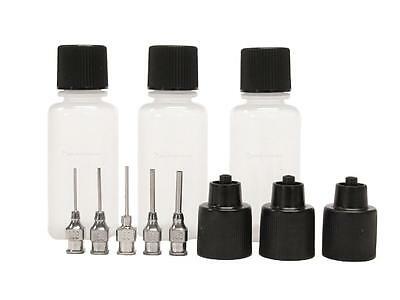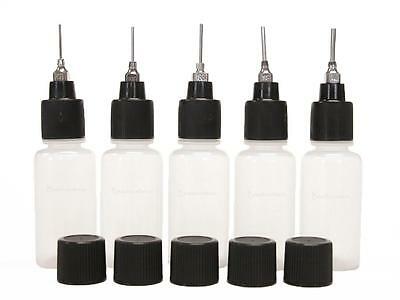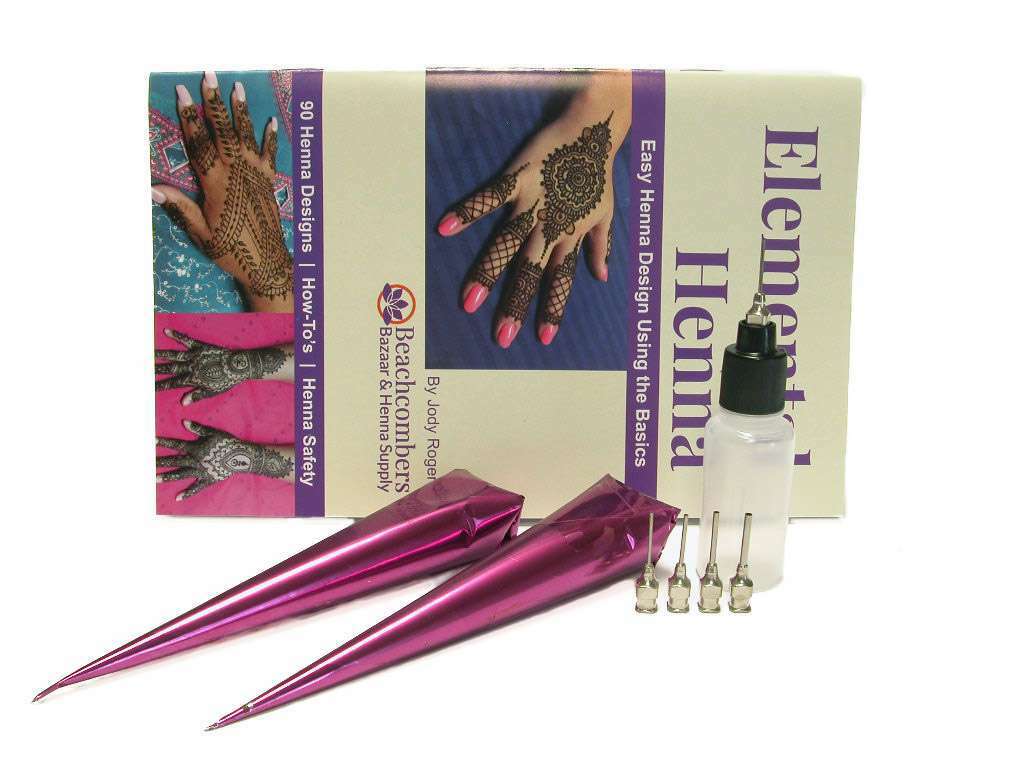-40%
Henna Powder Moroccan 100% Organic Hair حناء Colour Henne Mehndi
$ 20.72
- Description
- Size Guide
Description
Natural Henna Powder Moroccan 100% Organic Hair حناء Colour Henne MehndiHenna is a dye prepared from the plant Lawsonia inermis, also known as the henna tree, the mignonette tree, and the Egyptian privet, the sole species of the genus Lawsonia.
Henna can also refer to the temporary body art resulting from the staining of the skin from the dyes (see also mehndi). After henna stains reach their peak color, they hold for a few days, then gradually wear off by way of exfoliation, typically within one to three weeks.
Henna has been used since antiquity to dye skin, hair and fingernails, as well as fabrics including silk, wool and leather. Historically, henna was used in the Indian subcontinent, Arabian Peninsula, Near and Middle East, Carthage, other parts of North Africa and the Horn of Africa.
The name "henna" is used in other skin and hair dyes, such as black henna and neutral henna, neither of which is derived from the henna plant.
Body art
Whole, unbroken henna leaves will not stain the skin. Henna will not stain skin until the lawsone molecules are made available (released) from the henna leaves. However, dried henna leaves will stain the skin if they are mashed into a paste. The lawsone will gradually migrate from the henna paste into the outer layer of the skin and bind to the proteins in it, creating a stain.
Henna powder
Since it is difficult to form intricate patterns from coarsely crushed leaves, henna is commonly traded as a powder made by drying, milling and sifting the leaves. The dry powder is mixed with one of a number of liquids, including water, lemon juice, strong tea, and other ingredients, depending on the tradition. Many artists use sugar or molasses in the paste to improve consistency to keep it stuck to the skin better. The henna mix must rest between one and 48 hours before use in order to release the lawsone from the leaf matter. The timing depends on the crop of henna being used. Essential oils with high levels of monoterpene alcohols, such as tea tree, cajuput, or lavender, will improve skin stain characteristics. Other essential oils, such as eucalyptus and clove, are also useful but are too irritating and should not be used on the skin.
The paste can be applied with many traditional and innovative tools, starting with a basic stick or twig. In Morocco, a syringe is common. A plastic cone similar to those used to pipe icing onto cakes is used in the Indian culture. In the Western world, a cone is common, as is a Jacquard bottle, which is otherwise used to paint silk fabric. A light stain may be achieved within minutes, but the longer the paste is left on the skin, the darker and longer lasting the stain will be, so it needs to be left on as long as possible. To prevent it from drying or falling off the skin, the paste is often sealed down by dabbing a sugar/lemon mix over the dried paste or adding some form of sugar to the paste. After time the dry paste is simply brushed or scraped away. The paste should be kept on the skin for a minimum of four to six hours. but longer times and even wearing the paste overnight is a common practice. Removal should not be done with water, as water interferes with the oxidation process of stain development. Cooking oil may be used to loosen dry paste.
Henna stains are orange when the paste is first removed, but darken over the following three days to a deep reddish brown due to oxidation. Soles and palms have the thickest layer of skin and so take up the most lawsone, and take it to the greatest depth, so that hands and feet will have the darkest and most long-lasting stains. Some also believe that steaming or warming the henna pattern will darken the stain, either during the time the paste is still on the skin, or after the paste has been removed. It is debatable whether this adds to the color of the end result as well. After the stain reaches its peak color, it holds for a few days, then gradually wears off by way of exfoliation, typically within one to three weeks.









